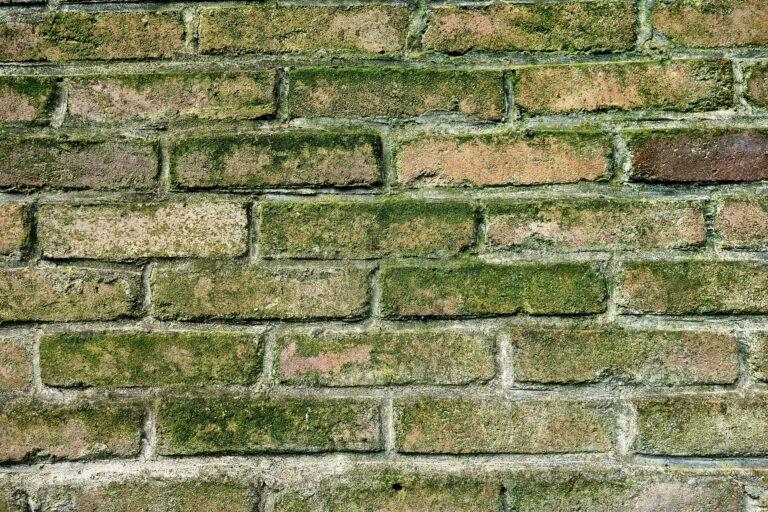Detecting Mold in Your Home: Key Signs and Expert Solutions

Mold can silently affect your home, leading to potential health issues and structural damage over time. Early detection is crucial in managing mold effectively. HomePoint is dedicated to educating homeowners in Austin on how to spot mold signs and take the correct measures for its assessment and removal. Here’s your guide to recognizing mold and addressing it efficiently.
Signs Your Home May Have Mold
Detecting mold without professional tests can be challenging, but there are signs you can look out for. One of the first indicators is the presence of consistent humidity and musky smells in one or more areas of your home. This is often accompanied by visible signs such as discoloration on walls, ceilings, or persistent condensation on windows and pipes. These signs suggest an environment conducive to mold growth and should prompt further investigation.
Moreover, other subtle signs might include peeling wallpaper, damp spots on floors or walls, or an increase in allergic reactions among household members, which can sometimes be attributed to mold exposure. Keeping an eye on these indicators can help you catch mold issues before they escalate.
Effective Mold Treatment: Key Strategies for Homeowners
Understanding Mold: An Introduction to Managing Your Home Environment
Choosing the Right Professional for Mold Testing
When it comes to professional mold inspection, it’s crucial to choose someone with the right credentials. In Texas, mold inspectors need to be certified by the state, ensuring they meet the necessary standards for mold assessment. You can find more information about certified professionals and regulations at the Texas Department of Licensing and Regulation. Engaging a certified mold inspector ensures that the testing and subsequent recommendations are accurate and effective.
Certified inspectors use advanced techniques and tools to detect mold accurately, including thermal imaging to identify wet areas where mold might thrive and air sampling tests to determine the type and concentration of mold spores present.
Effective Methods for Detecting Hidden Mold
The most effective way to detect mold hidden within walls or under floors is to conduct some form of intrusive inspection. This involves creating access points to take air samples directly from suspected areas. It’s important not to attempt this yourself, as improper handling can lead to the spread of mold spores throughout your home. HomePoint recommends seeking professional help for such inspections, ensuring proper containment and removal techniques are used to prevent further contamination.
Such professional assessments are crucial because mold hidden in crawl spaces, behind wallpaper, or in ventilation systems might go unnoticed until significant damage occurs or health symptoms manifest among residents.
Common Areas Susceptible to Mold Growth
Mold thrives in areas where its three basic requirements—food, darkness, and moisture—are met. Common hotspots in homes include attics, behind walls, under floors, and areas with poor ventilation. Regular checks in these areas can help in early detection and prevention of mold growth.
Particularly in regions like Austin, where the climate can contribute to high indoor humidity levels, it’s essential to monitor basements, bathrooms, and kitchens, where moisture levels are typically higher than in other parts of the home.
General Tips for Mold Detection
For early detection, rely on your senses. Feel for changes in humidity and trust your sense of smell to detect musky odors. While “over the counter” mold detection kits can serve as initial indicators, they are not replacements for professional assessment. If these kits suggest the presence of mold, it’s wise to follow up with a certified mold inspector to conduct a thorough evaluation and confirm the findings.
Additionally, implementing preventative measures such as ensuring good ventilation, using dehumidifiers in high-humidity areas, and fixing leaks promptly can significantly reduce the risk of mold growth in your home.
Understanding how to detect and address mold can save you significant trouble and expense in the long run. HomePoint is committed to providing Austin homeowners with the knowledge and resources to manage mold issues effectively. If you suspect mold in your home, don’t hesitate to reach out for professional advice and solutions tailored to your specific needs.
